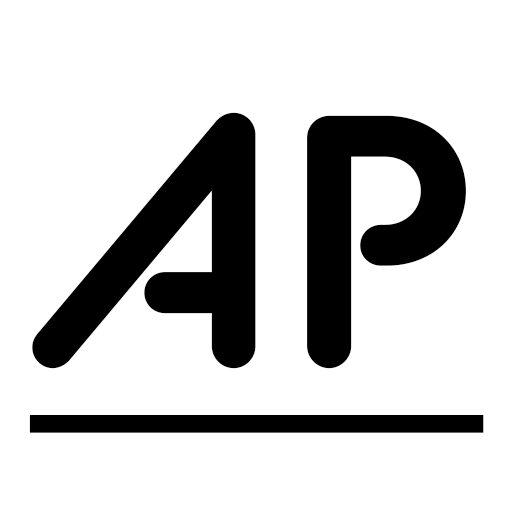Indiana higher ed commission recommends financial aid cuts
More Indiana students qualified for state financial aid this year after changes to the federal formula that determines aid eligibility, forcing the state’s Commission for Higher Education to dip into its reserves to cover the unexpected increase.
Now, the commission is proposing to reduce how much money students will receive for the 2025–26 academic year and beyond—a move that would affect more than 30,000 students annually. That decision isn’t final and will be up to state lawmakers.
Some in the state worry that, with less aid available, fewer students would be inclined to attend college in-state, slowing hard-won progress in retention in recent years and worsening enrollment struggles. Reducing the grants means that colleges will likely have to make up the difference in aid themselves or see students leave school or choose not to enroll due to the costs.
“I think we’ll be forced to really strongly consider how we help the students impacted,” said Melissa Smurdon, executive director of financial aid for the private Butler University. “We really have our eyes on completion. We have our eyes on retention. It’s going to be challenging financially if we need to make up these dollars, but it’s going to challenge students individually to be able to stay, and that pushes on [our] mission.”
The proposed reductions comes just two years after the commission boosted the maximum award by 35 percent, a historic increase that returned the award to its pre-recession height.
The commission’s plan centers on the wide-reaching and need-based Frank O’Bannon Grants, which are open to full-time students at qualifying private, public and four-year institutions in Indiana. How much a student receives is tied to the Free Application for Federal Student Aid. This fall, more students qualified for the maximum O’Bannon award, which is $12,400 for private university students, $6,200 for those at public four-years and $4,700 for community college students for the 2024–25 academic year.
As a result, officials told Inside Higher Ed, they had to re-evaluate how the grants were to be distributed. The recommended cuts range from 14.5 percent for the largest awards to 86 percent. For example, a full-time student at a private university who received $12,400 this year is slated to get $10,600 under the plan. The maximum award for students at a public four-year would drop to $5,300.
Indiana expects to spend $175 million on awards next year, according to The Indiana Capital Chronicle, which first reported the proposed changes. This year, the commission spent $225 million.
Indiana isn’t alone. Because the new formula qualifies more students for greater amounts of aid, some states have found themselves without enough money to go around. In Minnesota, the changes to the formula—along with, of course, the chaotic rollout of the new FAFSA form that meant many students did not submit their applications until spring—led state officials to underestimate students’ financial need by about $40 million.
Not every state is going to be hit hard by the changes, according to Frank Ballmann, the director of federal relations for the National Association of State Student Grant and Aid Programs. But states with first-dollar programs, like the Frank O’Bannon Grant, which provide students with a specific amount of aid before layering federal aid on top, are feeling the squeeze much more than those last-dollar programs that fill the gap between the Pell Grant and the total cost of attending college.
In addition to the recommended cuts to award amounts, the commission also removed incentives based on academic performance, according to Emily Price, the commission’s director of communications.
Commission members said they regretted having to lessen the reward but saw it as the least harmful way to deal with the high number of eligible students, The Indiana Capital Chronicle reported.
“We never like reducing awards, but … it is still one of the most generous programs in the nation,” Josh Garrison, the commission’s chief of staff, told the Capital Chronicle. The maximum award is still larger than it was in 2023–24, just before the 35 percent increase.
Still, the impact on individual students and their families could be devastating, according to Mary Beth Petrie, vice president for enrollment management at DePauw University, a private institution in Greencastle.
“Some students are going to see potentially a 6,000-dollar change [in financial aid] with no changes to their family financial situation,” she said, noting that she understands that the commission is in a difficult position.
Phil Levine, a professor of economics at Wellesley College, said that the decreases in Indiana state aid are likely to be especially felt by lower-income students, who saw no substantial increases to their Pell awards with the changes to FAFSA. Meanwhile, the increases to Pell for middle-income students will essentially be canceled out by the proposed cuts.
“That slice of the population that got advantaged by the [federal] law change—Indiana just essentially took that away. In essence, they’re no worse off, roughly, but an advantage that students in every other state just got, Indiana took it away from them,” he said. “The real problem is the low-income kids, below $50,000 … they are not eligible for any larger Pell Grants and Indiana just cut theirs. This [change] has the impact of taking away the additional benefit the middle-income kids got and penalizing the lower-income kids.”
Diminishing the amount of aid per award isn’t the only solution left. The state could allocate more money to the Frank O’Bannon Grant program, said Petrie. The Independent Colleges of Indiana, a consortium of the state’s private institutions, plans to collect data on just how many students will be negatively affected by the reduced grants to present to legislators.
“If there’s an opportunity to smooth things out, to change appropriations so that the commission can continue to be generous with state grant programs, then I think we’re in a place where we are [going to continue] gaining momentum as a state,” she said. “Without that support in appropriations, we’re just in a really tough spot.”
You may be interested

U.S. Embassy in Kyiv to reopen after ‘significant air attack’ threat
new admin - Nov 21, 2024IE 11 is not supported. For an optimal experience visit our site on another browser.Now PlayingU.S. Embassy in Kyiv to…

A fight over the New College of Florida Foundation
new admin - Nov 21, 2024[ad_1] Another battle is brewing at New College of Florida, this time between the administration and the NCF Foundation. President…

Horoscopes today – Russell Grant’s star sign forecast for November 21
new admin - Nov 21, 2024AriesYou feel torn between how you see yourself and how others perceive you. This could create a dilemma as you…


































